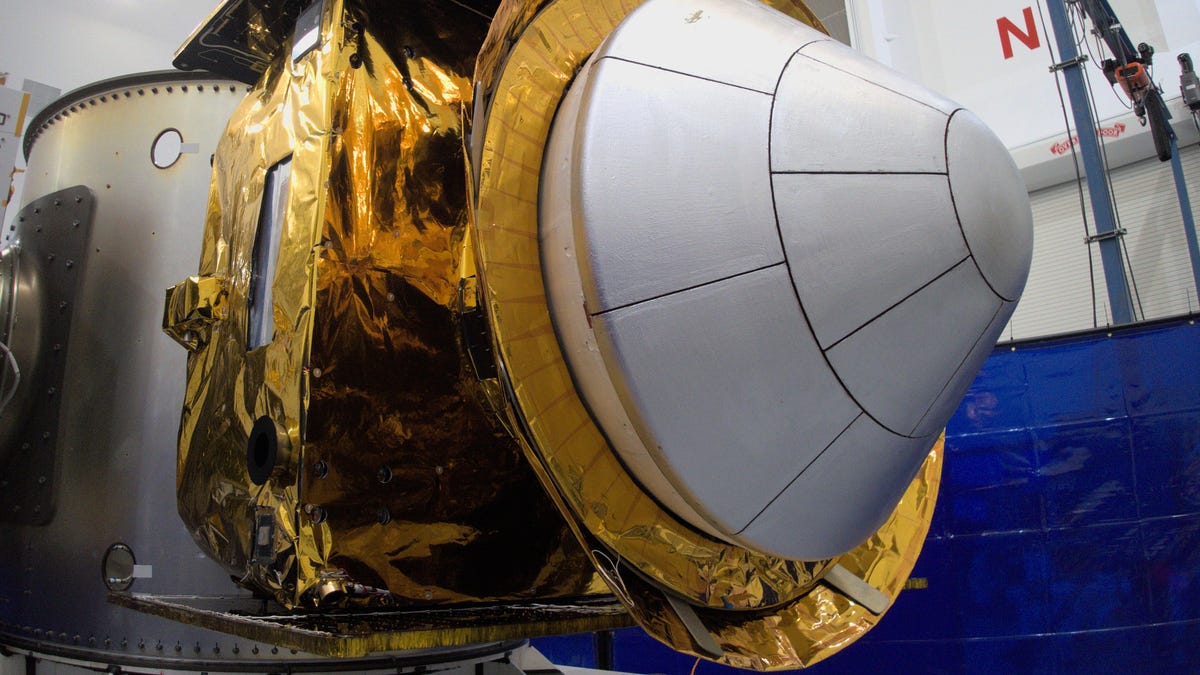This is actually pretty interesting.
On June 30, its first drug-manufacturing experiment succeeded in growing crystals of the drug ritonavir, which is used for the treatment of HIV, in orbit. The microgravity environment provides some benefits that could make for better production in space, overall reducing gravity-induced defects. Protein crystals made in space form larger and more perfect crystals than those created on Earth, according to NASA.
Unfortunately there’s no info on why it’s being denied reentry. (But my money is on the long standing secret policy of the dark world government lizard cat people to not cure space aids)(I also don’t have any money)
I don’t believe there’s much of a track record for private crafts reentering from orbit, intending to be recovered. Most private crafts like communication satellites breakup on reentry and don’t pose much of a risk to ground population. This station was designed specifically to survive reentry intact. I’m not sure what kind of deorbit equipment that station has but I would guess that’s what the FAA is concerned with. Any failure of navigation or propulsion during deorbit could result in the station losing control which would have it crashing down in some unpredictable point and time along its 25,000 mile path over ground. Undoubtedly there are some large populations below the orbit of this station
To paraphrase the CEO they are de-orbiting a 1986 Toyota Corolla. So if you try any course correction over about 80 Mph it’s just going to crash ;-)
Hey leave the kitties out of this
I wasn’t aware you even needed permission to reenter a spacecraft, just thought you needed it to launch one. How does that work then, would one need permission from the country who’s airspace your craft ends up in, or the one one’s organization is based in? If the former, could they get around this by re-entering it over international waters?
The FAA designates 18,000 ft to flight level 600, which is 60,000 ft above sea level, as class A airspace. Any aircraft needs explicit permission to enter class A, so that’s normally only when an airliner is climbing to cruising altitude, but it would also occur when a spacecraft is descending through 60,000 ft.
Other countries, I don’t know exactly, but they all function fairly similarly.
Me neither.
Makes sense though. If the reentry is botched you’re essentially aiming a ~300lb projectile (or a bunch of tinier projectiles) in this case at who knows what at terminal velocity.
Launches at least control where the thing leaves from and are designed to fallout over non inhabited areas in the event of a botched takeoff.
I guess if you don’t pay gravity then it won’t pull your satellite back down.
They can’t quanitize gravity after decades of effort but they sure can monetize it.
Space drug manufacturing? Dope as fuck
Their drugs are out of this world.
They better put the aurora in a shielded cargo bay or the FAA is gonna detect it in their scan.
We are one step closer to real space pirates. This timeline might not be so bad after all.
Should try EVE. It’s lucrative as fuck.
Nothing hits quite like ninja huffing in wormholes.
deleted by creator
Y’all got any more…
-SNOOOOOOOOOOOOOOORT-
clouds?
Gravity laughs at your permissions!







